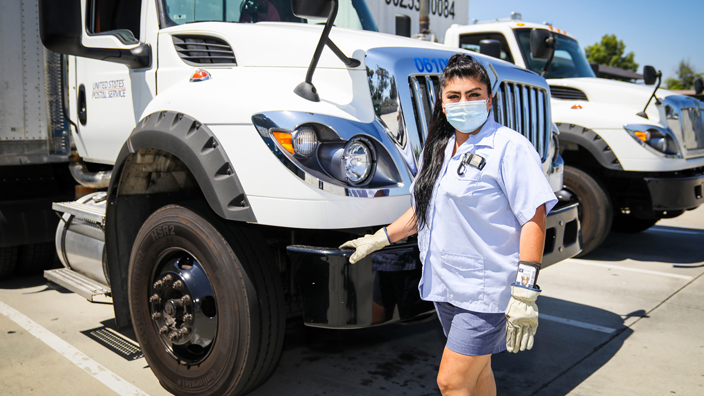After months of preparation, the Postal Service’s Logistics management teams are confident the organization is ready for the busy peak season that begins this week.
Together with Processing Operations, Logistics focuses on processing and moving mail and packages efficiently to delivery units.
Managers have met several times this year, including a three-day gathering in Salt Lake City that allowed participants to review challenges the organization faced during the 2020 holiday season and discuss lessons learned to improve performance and service.
“We’ve been preparing for peak all year long,” said Logistics Vice President Robert Cintron. “We’re focused on reducing the cycle time a container takes to get to its destination and reducing the number of trips needed in the network.”
Since summer, the teams have been busy updating technology to improve network efficiencies, including installing new state-of-the-art sorting machines and deploying handheld devices.
A new program — Business Intelligence Capacity Model — has been launched to provide managers with round-the-clock operational insights to better identify potential gridlock.
Improving technology and achieving financial sustainability are key parts of the Postal Service’s 10-year Delivering for America plan.
“This is one our most important peak seasons to date because it’s our first step in implementing the Delivering for America plan,” said Chief Logistics and Processing Officer Isaac Cronkhite. “We’re implementing long-term strategies that are not only setting us up for a successful peak this year but leading us into the future.”
Those steps include hiring seasonal employees, training additional tractor-trailer drivers and leasing extra delivery vehicles.
Overall, the organization’s Logistics capabilities have been significantly improved, said Yvette King, acting distribution operations, transportation and networks system manager at the International Service Center in Los Angeles.
“With upgrades to our fleet, processes and staffing, we are finally moving Logistics into the 21st century,” she said.



